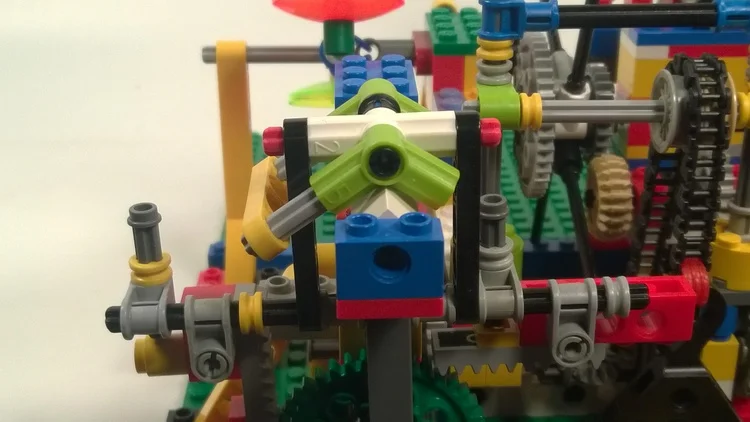An Introduction to the Lego Astronomical Clock was just published in the Horological Science Newsletter Issue 2016 - 2 May 2016.
All in Category-Background
Introduction to the Lego Astronomical Clock
This Lego clock is intentionally not one-of-a-kind. It was specifically designed using available Lego parts to be affordable, easily copied, and improved, and used as a hands-on project to teach and inspire the next generation of innovators.
Building with Limited Resources
One of the many challenges of designing and building a true Lego machine means that you're not modifying Lego parts or creating new ones. You're using only parts that are available. But how, exactly do you do that?
Friction Part II: Cantilever and Supports
Friction is your enemy, but it's also what holds Lego bricks together. Without any glue or screws to hold things fast, the clock design must account for forces that would separate bricks.
Friction Is Your Frenemy
What does friction look like? In a clock, you can't see friction, but you can hear it and feel it. Friction in a delicate clock is revealed by a slight popping sound that can also be felt. Find out more about how to reduce the effects of friction.
Logic gates are the basis of computer logic. Understanding logic gate behavior is fundamental to understanding coding. A mechanical, hands-on LEGO model of logic gates can help students master logic quickly.







